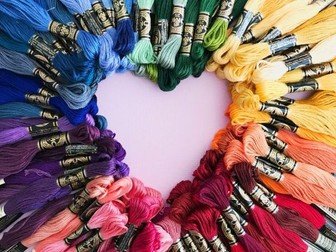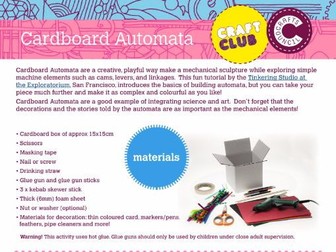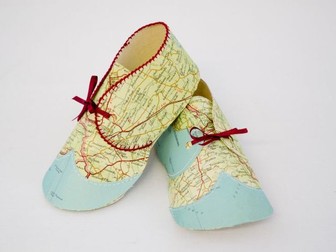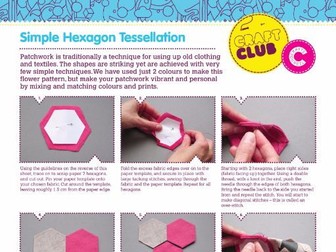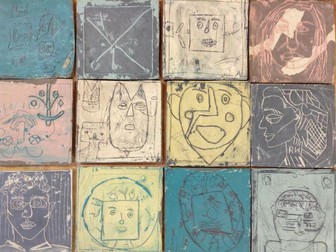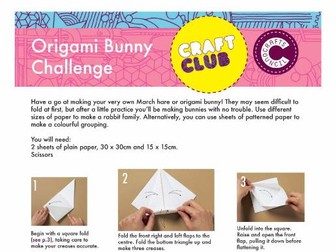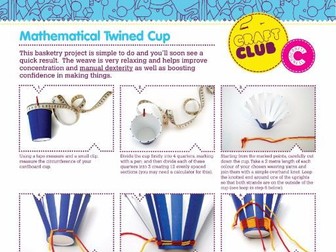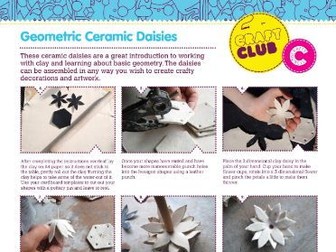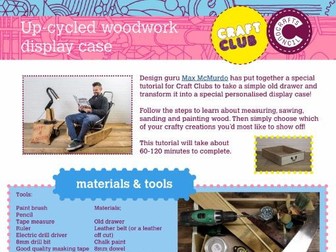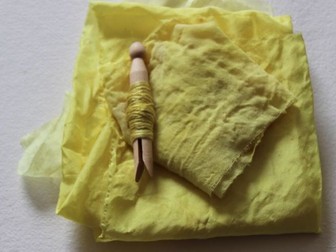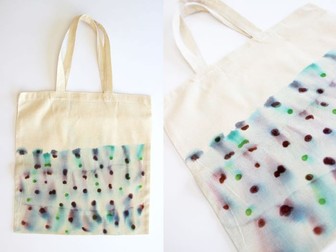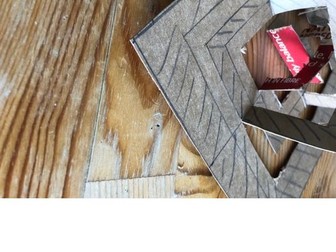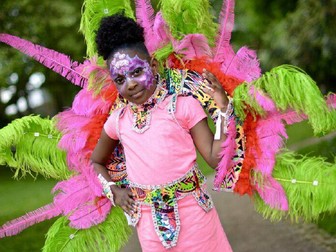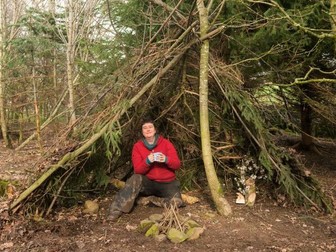
Art and Craft Therapy Activities
We’ve teamed up with Arts Sisterhood to put together this activity guide full of ideas for Art Therapy exercises to use with your Craft Club, with a crafty twist of course! Each activity can be tailored to suit your club members’ ability or craft interest.
Activities can support members who are having a difficult time, or just to give yourselves a bit of
mental health TLC when things are hectic.
